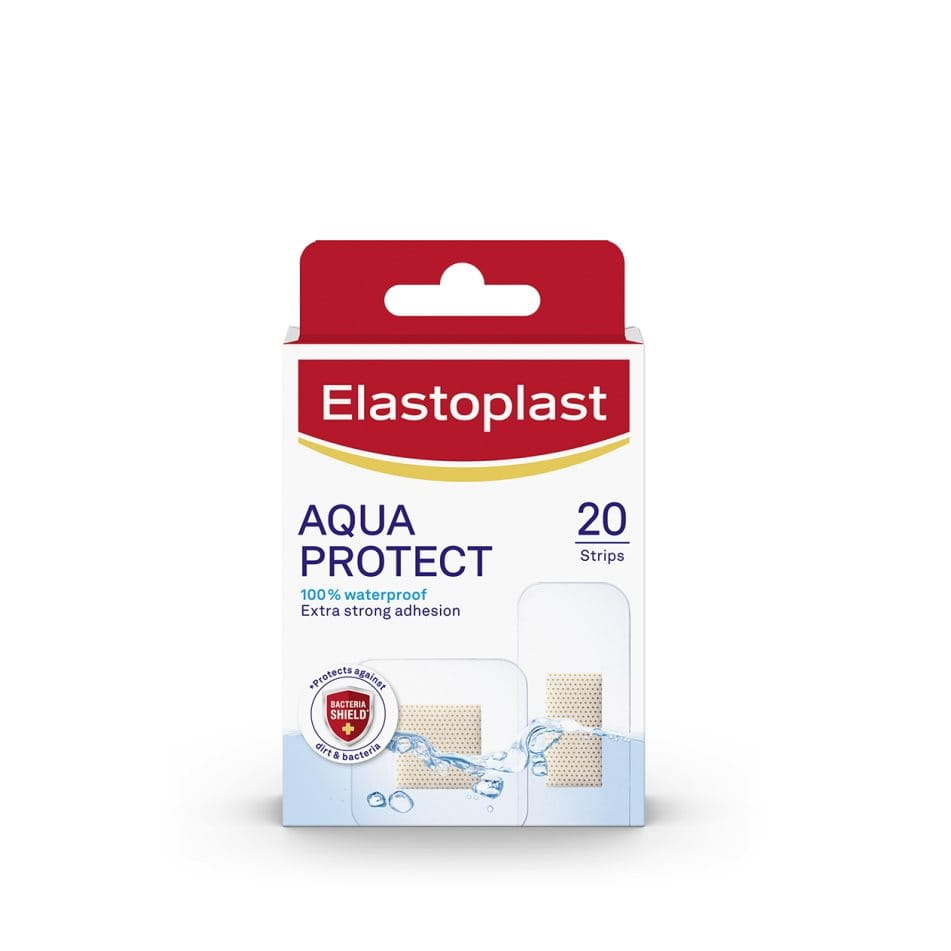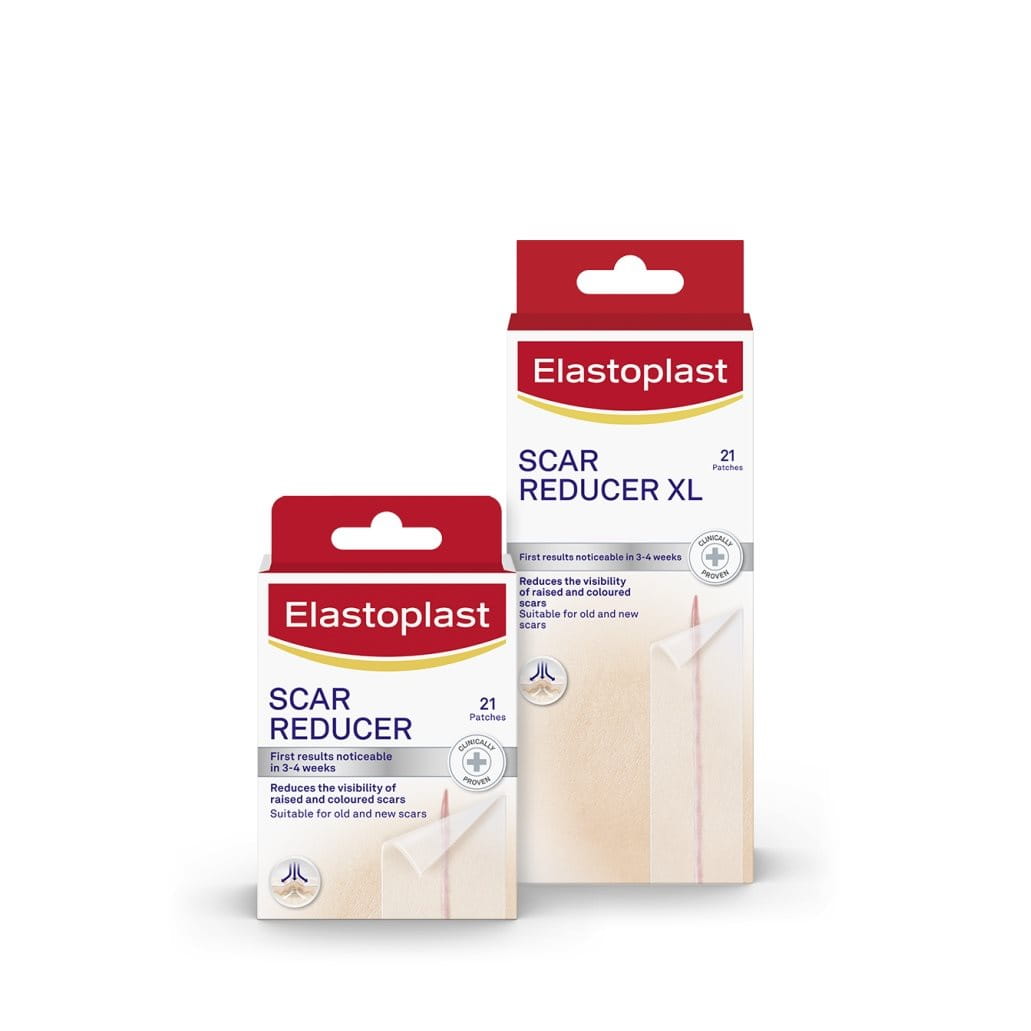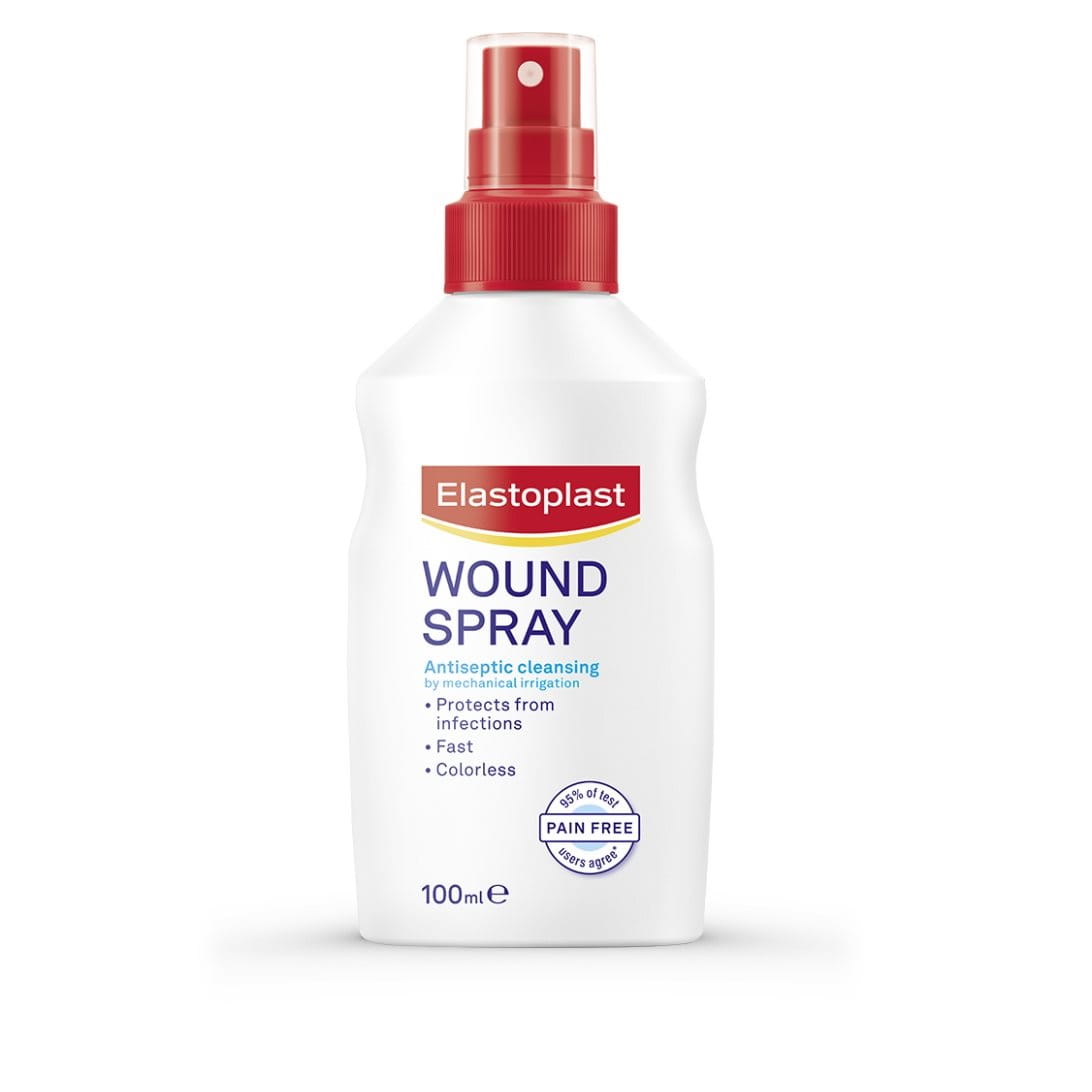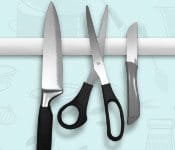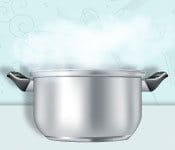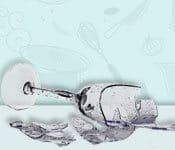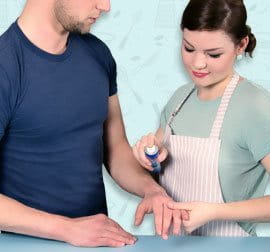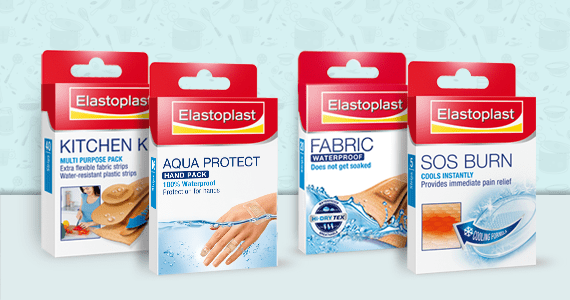Safety tips in the kitchen
There are a few ways to be smarter every time.
Here are some helpful tips ...
Handling knives and preparing food
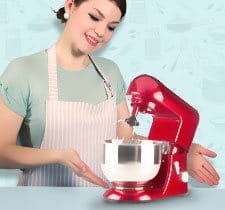
This is the secret of any good chef. Tools should be up to top standard, anything that does not function properly or knives that are dull should not have a place in your kitchen.
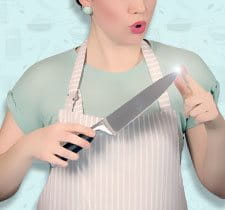
Cutting edge
Always make sure to keep your knives sharp: sharper blades cut better and don’t cause injuries as often. Sharpen them on a regular basis and hone in between sharpening. Dull knives are dangerous and actually make cutting much more difficult. Of course you know that you should always cut away from your body when using a knife: It can slip and cut you.

Wet paper towel for a better grip
Not only are cutting boards that slide on the counter annoying, they’re extremely dangerous when you’re holding a knife and trying to chop something. Wet a paper towel and lay it under the board and it won’t budge, even with harder-to-tackle things such as pumpkin!
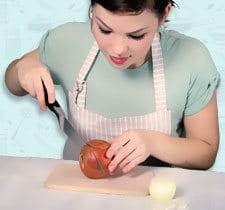
A good trick is to always cut the ends off onions, tomatoes, melons etc. (any food that does not stay stable on the cutting board) to give them a flat surface. This allows you to have complete control of the item as you chop.
